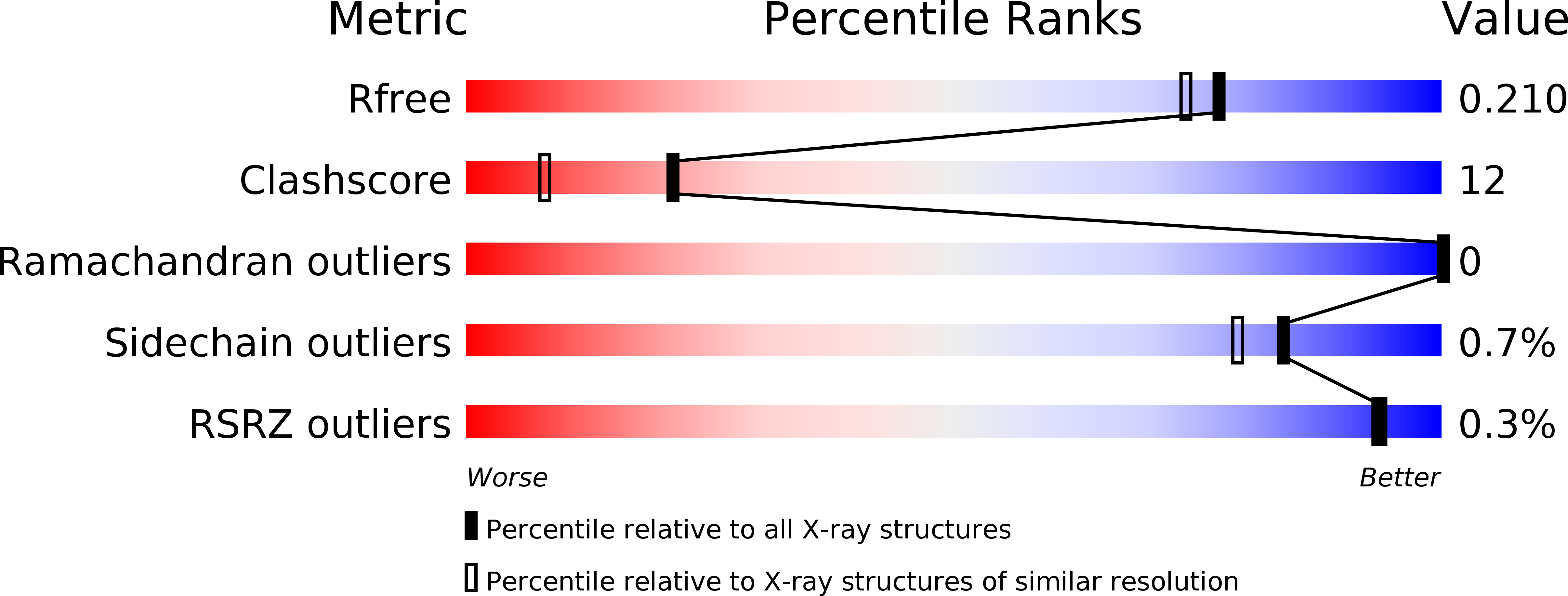
Deposition Date
2007-01-25
Release Date
2007-06-05
Last Version Date
2023-08-30
Entry Detail
PDB ID:
2OOH
Keywords:
Title:
Crystal Structure of MIF bound to a Novel Inhibitor, OXIM-11
Biological Source:
Source Organism:
Homo sapiens (Taxon ID: 9606)
Host Organism:
Method Details:
Experimental Method:
Resolution:
1.85 Å
R-Value Free:
0.21
R-Value Work:
0.19
R-Value Observed:
0.19
Space Group:
P 31 2 1


